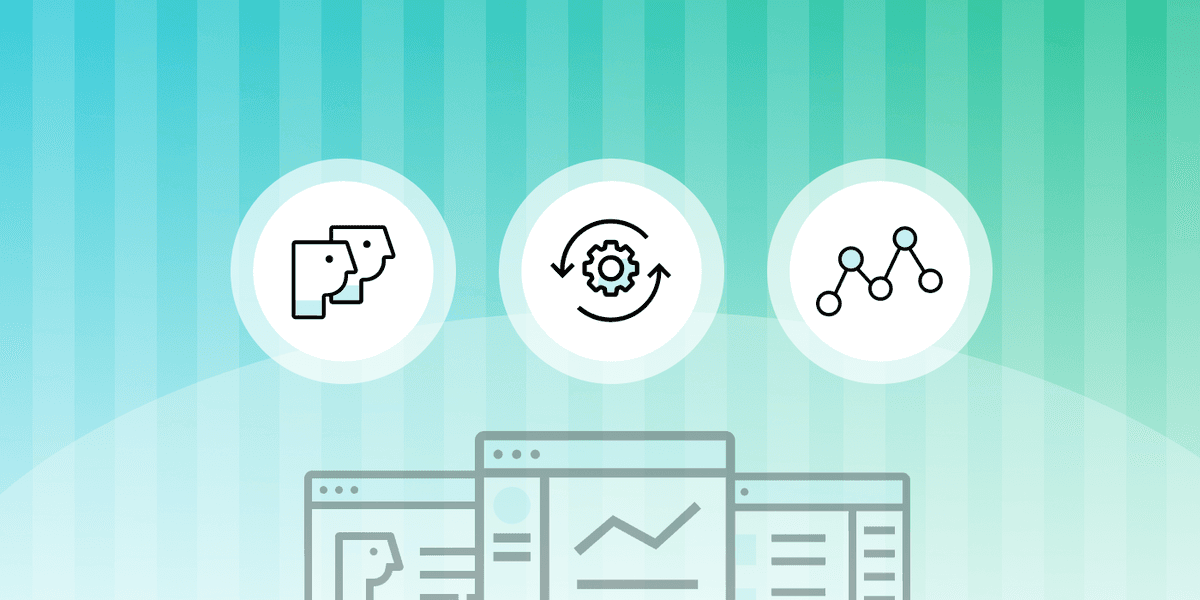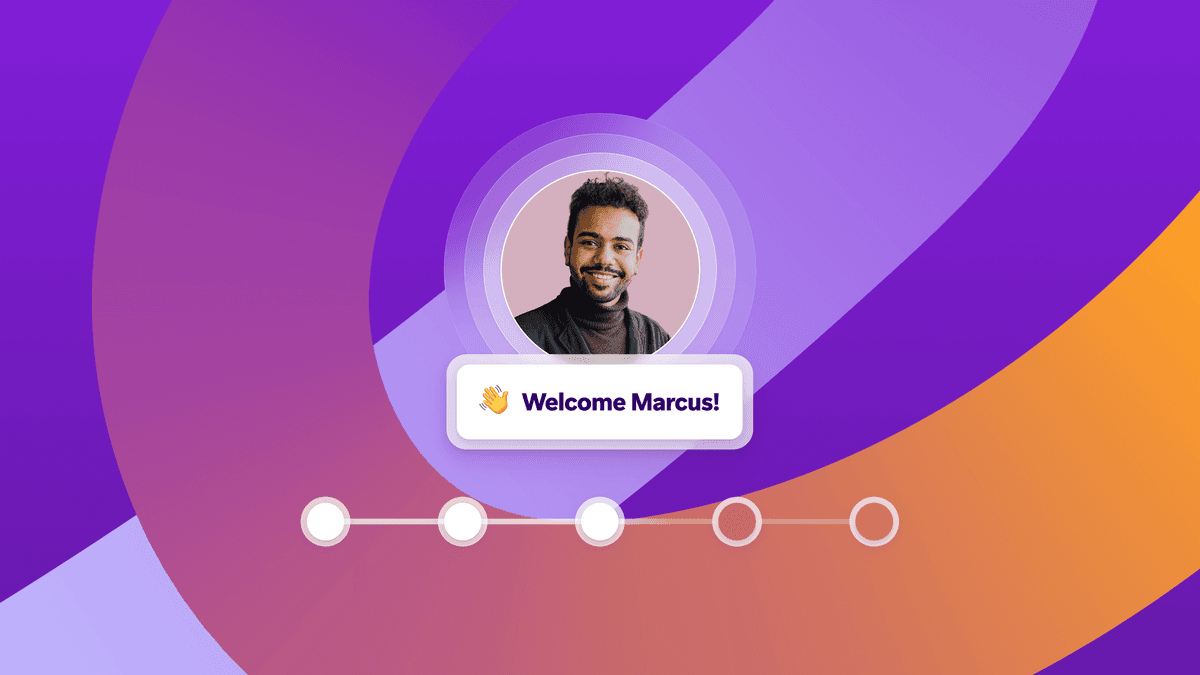3 Questions You Should Ask Before Making Product Decisions
Published on September 07, 2018/Last edited on September 07, 2018/5 min read


Kevin Wang
Chief Product OfficerBuilding a technical product requires considering—and brutally triaging—an enormous number of potential enhancements. That process is often very difficult, in large part because diving deeply into every prospective enhancement runs the risk of completely draining a team’s resources, both in terms of time and energy for making decisions.
To help wrangle this chaos, I like to use three questions to help us work through initial prioritization. These questions are designed to help us look at product decisions from multiple perspectives, and help triangulate the way forward. There’s no magic book you can read that will teach you to make the right product choices, but these questions can give you a framework to start from.
Think of it like picking out fruit at the grocery store—you can’t (legally) taste every single orange at Whole Foods, but you can inspect their color, squeeze them, or maybe even smell them to make a quick decision about which ones are worth buying. Similarly, a few quick questions can help steer you in the juiciest product direction with minimal effort.
1. Will we lose (or win) a customer if we don’t make this enhancement?
Generally speaking, customers only use a product for a few central needs. Enhancements that can meet these needs are the stars of the shows; all the others are just extras. If customers’ core needs are well met, they’ll usually become happy brand advocates, but if there’s a critical gap, they’ll never buy—or if they do, they’ll probably churn quickly.
This first question is designed to establish whether the issue at hand—a functionality gap, say, or an annoying element in a common workflow—is critical enough that it could cause you gain or lose a reasonable customer under normal circumstances. By approaching the product decision from the angle of highest impact, you can surface several key factors:
- Is this feature ultra-important, or more of a nice-to-have?
- If we build this feature, will it compromise our core product for other customers?
- Is this product request really the full story, or just a symptom of a deeper, more fundamental need?
- And finally—is this the most important place to be spending our time and effort right now?
Establishing whether or not an enhancement will gain or lose customers is a key step when triaging product decision—if you don’t figure that out first, you risk chasing a lot of rabbits down a lot of holes.
2. What’s the minimum valuable solution?
All else being equal, a better product is a simpler product. A simple product is easier to use, and easier to understand. Unfortunately, “all else” is not even remotely equal—a product that is minimal to the point that it’s lacking key functionality is a worthless productive, and you don’t get paid if you don’t deliver value. I’ve found that many products (particularly enterprise-focused B2B products) have a strong tidal pull toward the ongoing addition of features of complexity.
When considering a customer need, I like to conceptualize the ideal minimum valuable solution that would fully solve that specific problem. Many ideas that sound great in isolation look pretty crazy in the context of a complex platform, and this question aims to help cut scope as aggressively as possible. Envisioning that minimal solution allows you to refine your goals, and is a key step toward determining whether potential enhancements are worth the risk of added clutter.
3. What does this product look like in ten years?
This question pushes you to view your product through the lens of a long-term product strategy. Many customer requests lead to solutions that are little more than band-aids, trading short-term gains for a weaker product foundation. There isn’t going to be a universal right answer for every given product question, but I find it helpful to frame decisions in terms of long-term solutions, even if they aren’t feasible or necessary right now.
Most importantly, this question encourages you to create a mental path from where your product stands today to where it needs to be years from now. It reframes each potential enhancement in terms of whether it’s a step forward on that road or not: enhancements that move your product forward are great, but ones that diverge from that path are dangerous, because they jeopardized product coherence and also back you you into a corner (even if they might feel like the right choice for now).
Final Thoughts
This simple framework shouldn’t be treated as a series of hard and fast rules—individual judgment and situational factors should always been considered and address when making these kinds of decisions. But in an environment where product and engineering teams are making dozens of difficult decisions every day, these questions have done a lot to support an efficient orienting process and a shared language for working through these key questions. Hopefully, they’ll be as helpful for you as they have been for us.
Interested in working at Braze? Check out our current job openings?
Related Tags
Be Absolutely Engaging.™
Sign up for regular updates from Braze.
Related Content
View the Blog
Customer onboarding automation: Benefits, strategies, and best practices

Team Braze

Moving beyond demographics to true understanding: Key insights from Grow with Braze Seoul 2025

Team Braze

Key insights from Grow with Braze Auckland 2025
